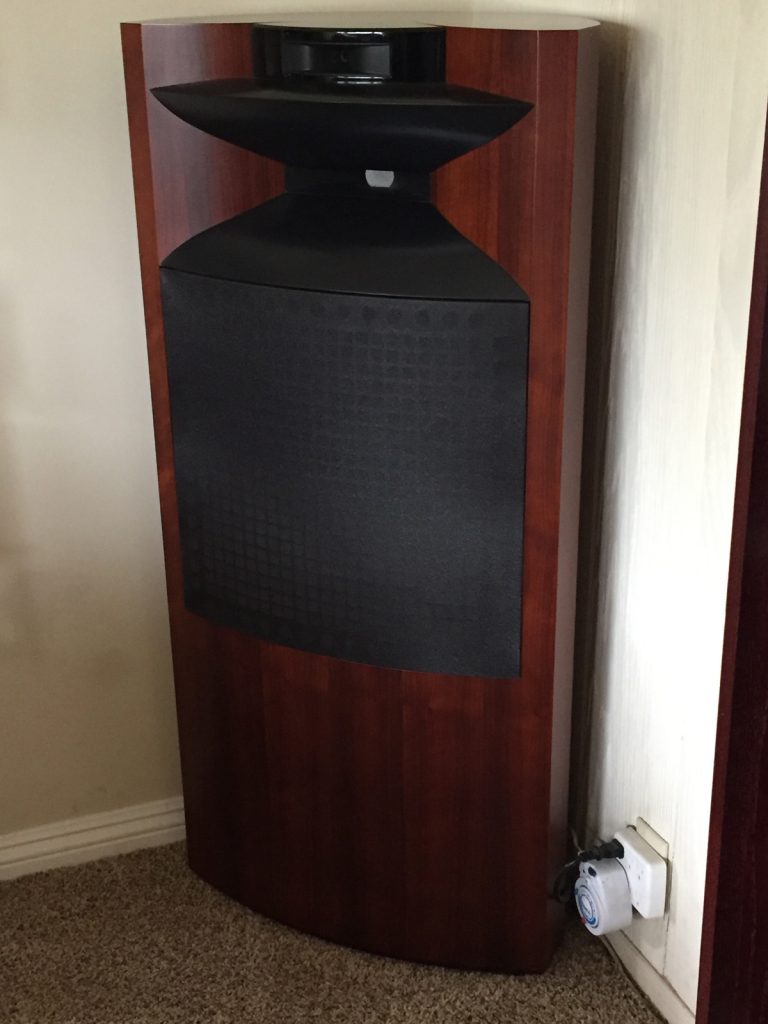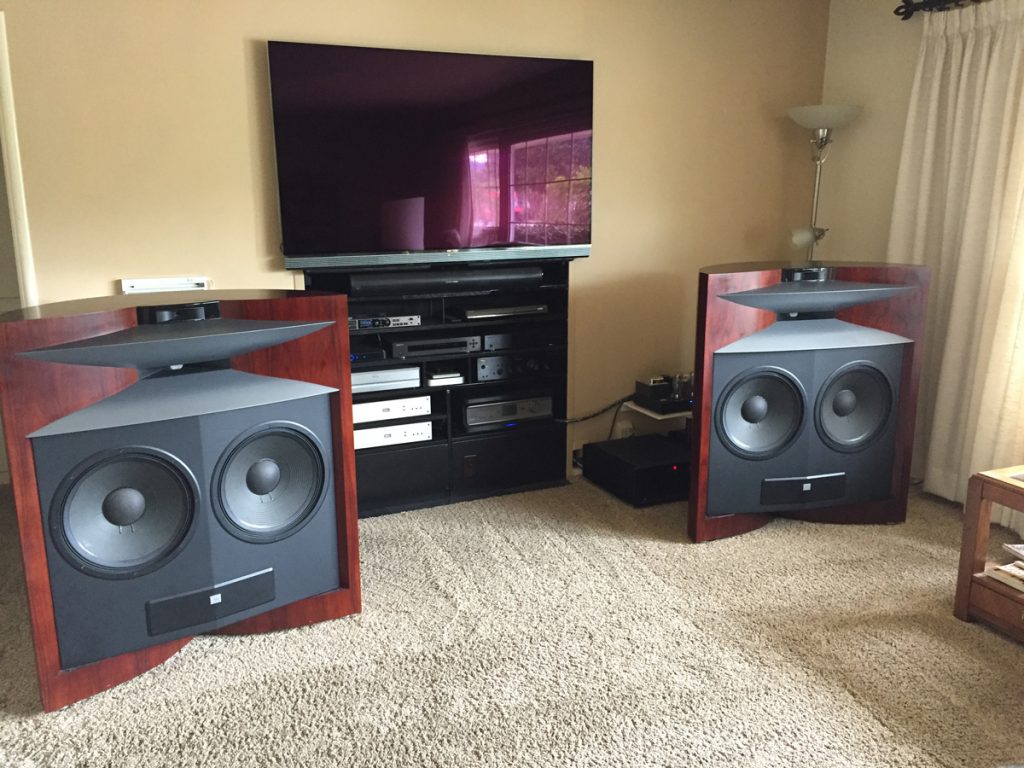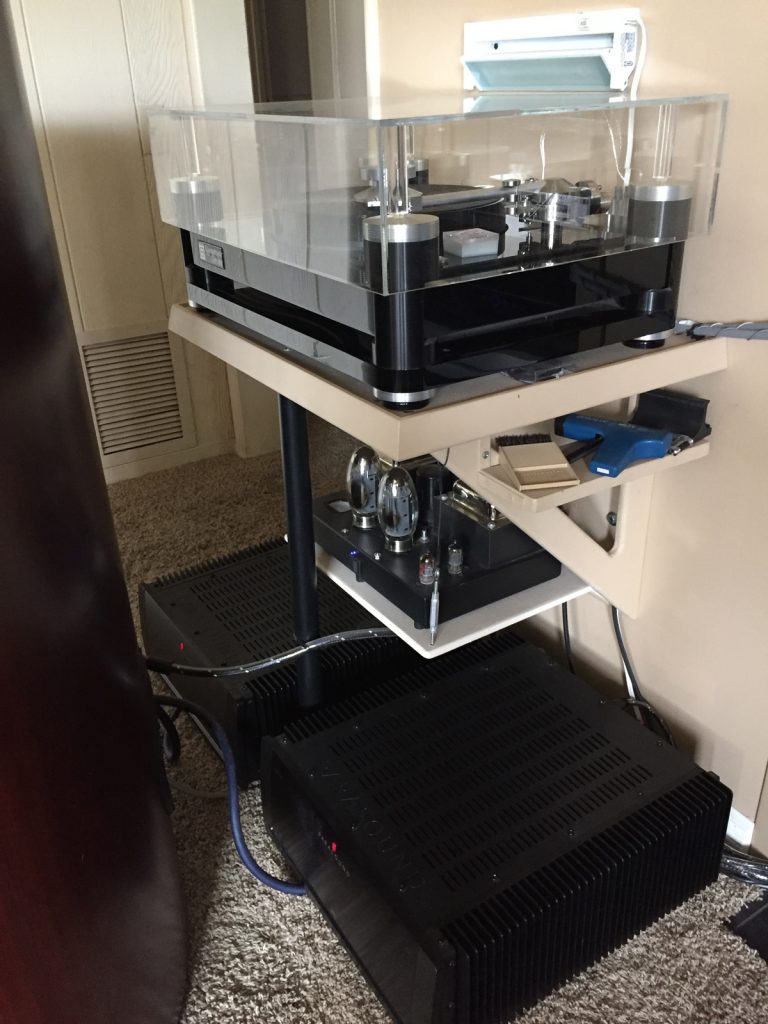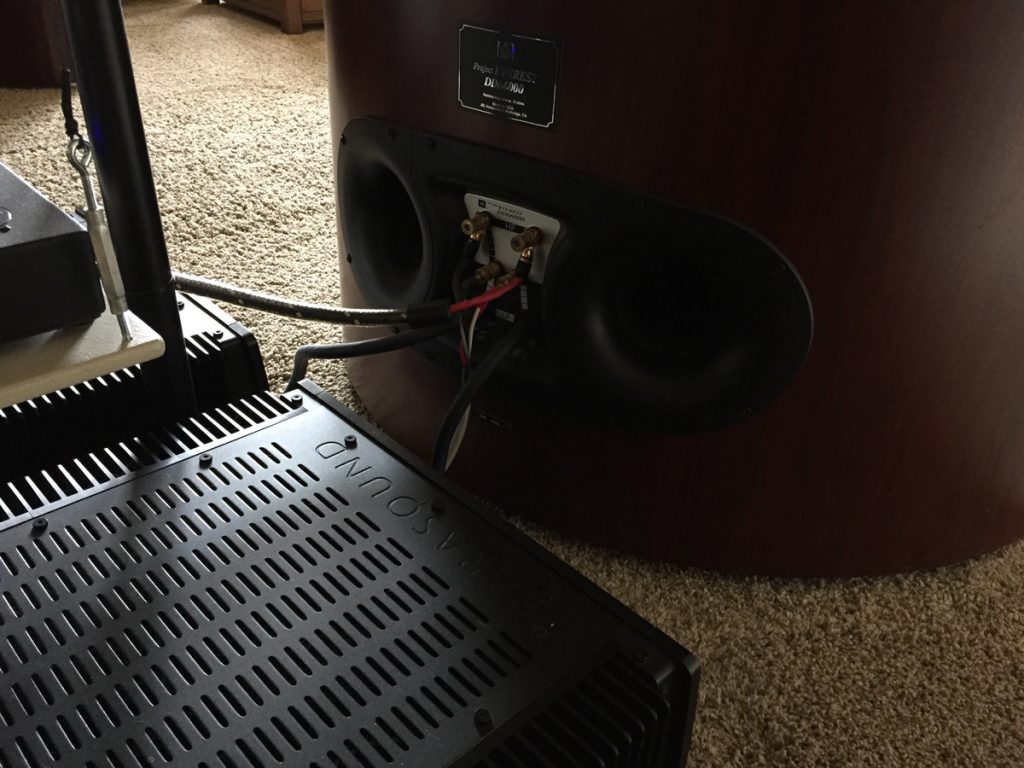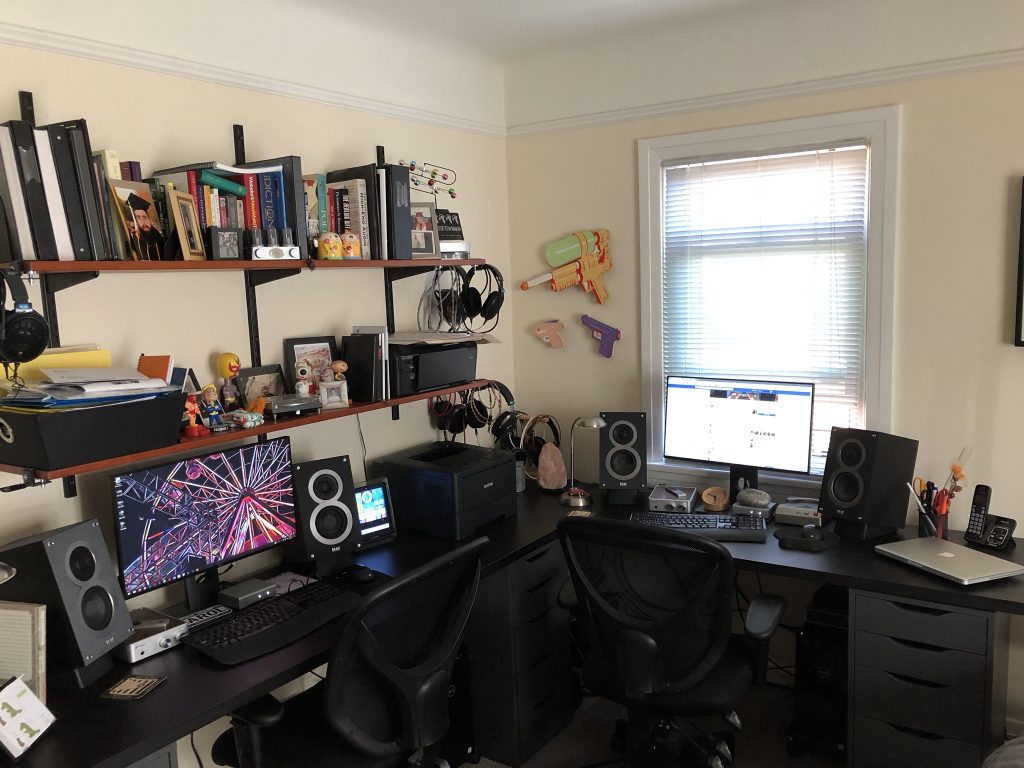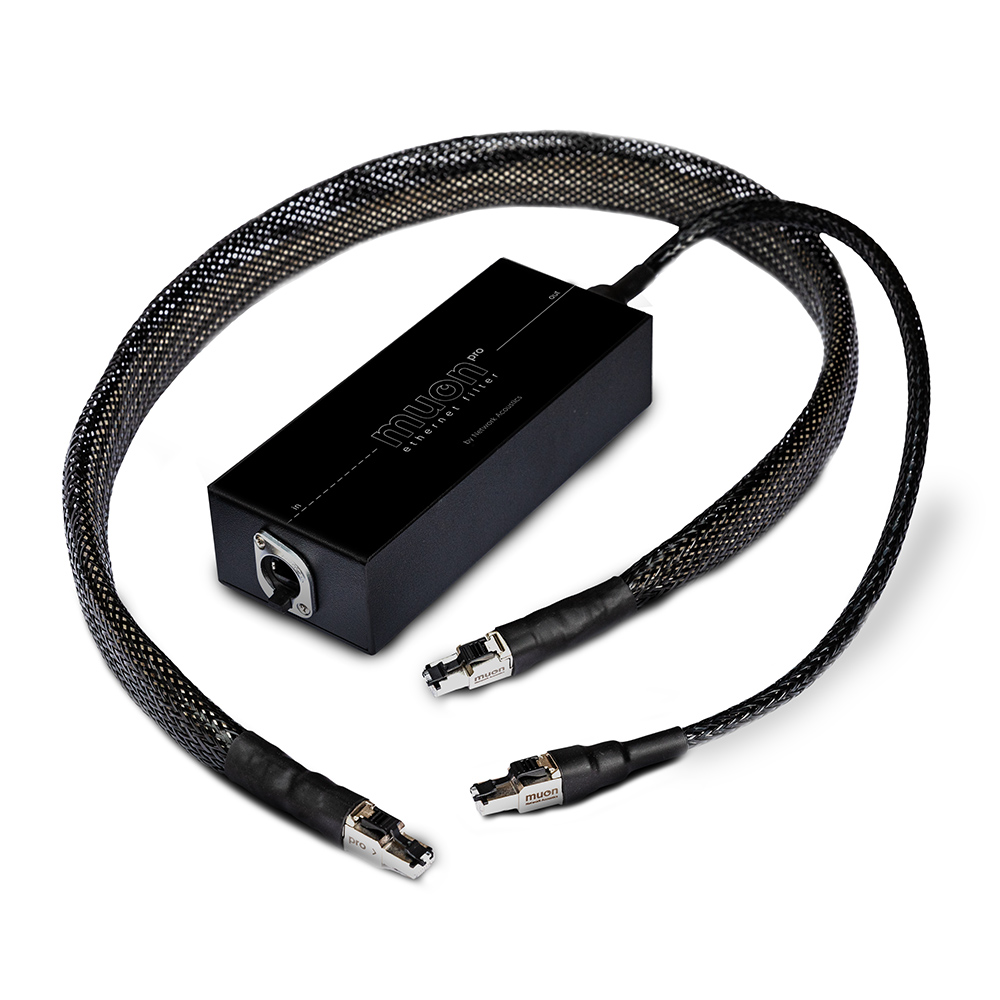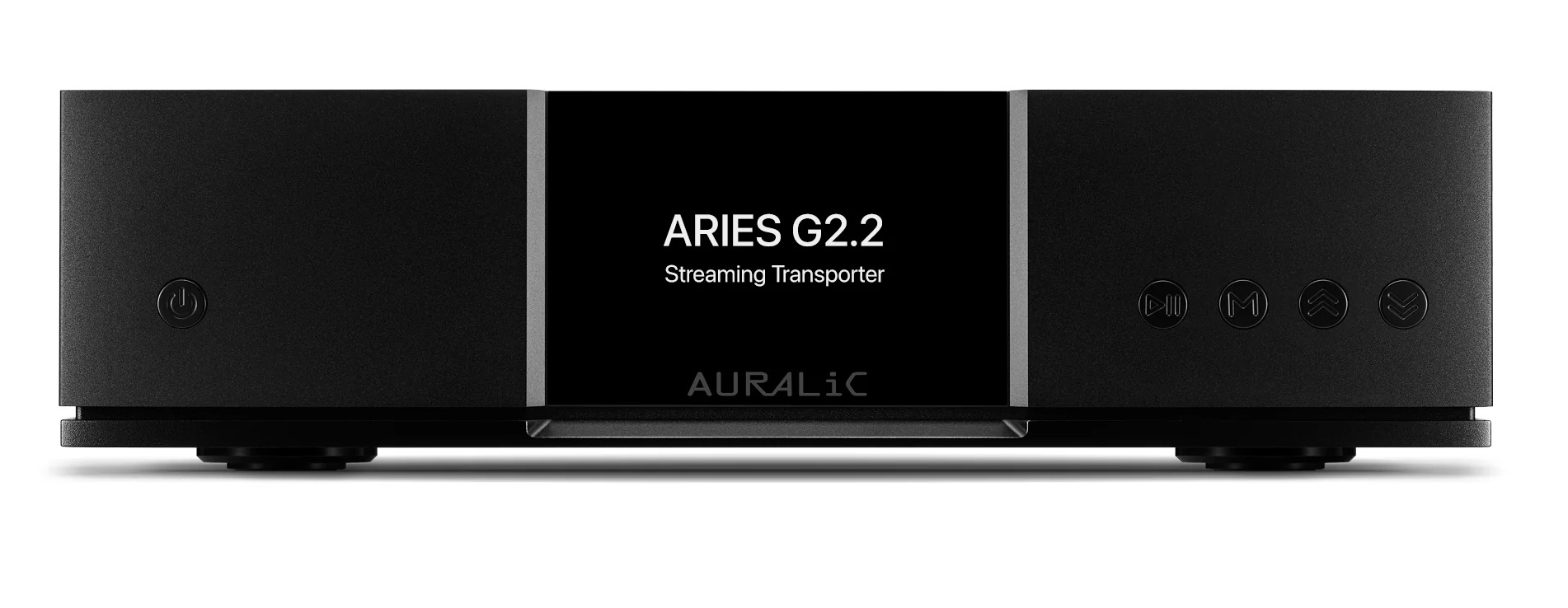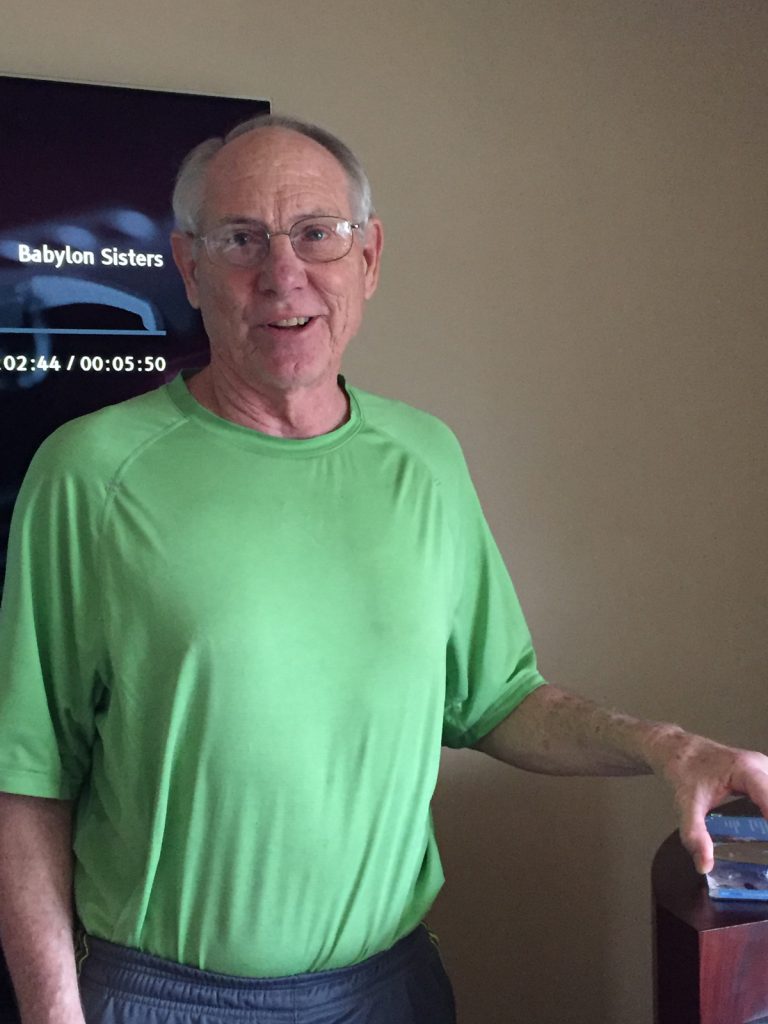
Greg Timbers
So, tell us a bit about your history in speaker design… beginnings and such. The journey that led you to JBL.
I have been interested in Music since forever. My Mom played Piano and there was always music in the house. I started with Heath Kits and stuff around 12 years of age, or so. I worked at a local Hi-Fi store while in college and there I met Tom Frisina who was a sales rep for JBL. When I graduated, he suggested that I apply to JBL. I did and the next 43 years is history.
What speakers from JBL are you most proud of designing or being a part of?
The speakers (or speaker lines) that most stand out are the following, chronologically.
4331, 4335 and 4315 studio Monitors. They were my very first products around 1973. The L300 is a 4333 in a home enclosure.
L250 and the 250Ti models. 5 models that ran in production for 19 years.
The Array series. I did those in the mid 2000's and they are still current.
The Everest models, DD65000, DD66000, and DD67000.
I have designed literally hundreds of Loudspeaker systems and individual transducers but those are my favorites.
Any that you wish you had been a part of or had more of a hand with in designing?
Not particularly. I usually got the prime projects and I am very happy with most of what I have done. Some projects were so constrained by management that I wasn't a big fan, but I always considered the ground rules to be a challenge to do my best within the framework given.
Any that, if you could go back in time, would do differently?
Pretty much all of them. I continue to learn and evolve with time. Everything I have done I could do better now. At the time, I was generally happy. The only big mistake on my part was the L212 system. I was working on it at the time we were moving from Glendale to Northridge. The measurement facilities were up and down at both locations and listening rooms were at both places so there was no consistency to any of the results. I made a tactical error that made the system less than it deserved to be.
What do you see as being the biggest challenges in getting a speaker right for the user to enjoy? Obstacles?
Definitions! Deciding what to do, for whom the intended target, what percentage of the design should go to visuals and what part to acoustics and reliable feedback from the listening tests. When I know exactly what is needed, it is rather straightforward to proceed. Unfortunately, there are so many variables within the company management, the dealer "advice" and the actual customer tastes that most products are a shot in the dark.
When designing a speaker, can you outline the steps to production?
Within Harman, minus all of the ad nauseam paperwork and posturing, it goes something like this:
Someone gets an idea. Marketing ideas count more than Engineering ideas. Some rough cost targets and transducer configurations are discussed. This is to determine if existing transducers can be reused or if we need something new, which would affect the time line. Of course, the timeline is always a few months even though it takes about 1 year to properly do a project from start to successful finish. Prototyping begins with whatever can be fabricated approximating the final device. Measurements, listening tests, crossover networks and cabinet details are worked out in this phase. Next would be final drawings and parts releases to the various suppliers. It takes a long time to get off tool parts so sometimes the suppliers make fabricated parts from the drawings while the tooling is being done. Some number of months later, parts start showing up and Engineering and Manufacturing work together to produce some working models representative of intended production. Shit happens here so there are usually some readjustments in parts and or processes. If things are really screwed up, this level of manufacturing run happens again. Mostly, the adjustments are not terminal so the next stage is a Pilot run which should be fully representative of production. If yes, product occurs. If no, then another Pilot run is done to get things right. Along the way, process refinement, listening tests, marketing samples for review and photography are acquired from the various manufacturing runs so that when production begins, everything needed for production, dealer and customer support is ready to go.
Anechoic or listening? That is, where do measurements and listening fall in design? (Value, importance, role…)
This is a loaded question. I am going to answer it as I believe is correct. All designs require and deserve full Anechoic and other types of measurements. The cost, size or intended market for the device should not change the measurements taken. It doesn't matter how expensive a loudspeaker is, it should always be the absolutely best effort within the constraints agreed upon by cost, performance, appearance, etc. In many respects, cheap speakers are actually more challenging to do correctly. Once you know what your parts are capable of, you can work to achieve the highest level of performance possible within the guidelines. I am a firm believer that there is no magic in loudspeaker design, but I also strongly believe that we do not have all of the answers and that the ear is still the tool of choice. I can always hear differences that I can't measure but it doesn't make them any less important. It just means that we need to figure out how to measure what we hear. I have no use for blind and double blind listening tests the way Harman implements them. Sound systems and their environments are very complicated. No speaker is even close to sounding "real" so personal opinion is always a major consideration. Most blind tests are based on a series of assumptions that enable the test to be easy or practical to implement. Unfortunately, these assumptions often invalidate or color the results because they cover up or accentuate aspects of the loudspeaker design.
Who do you admire as a speaker designer today?
I honestly don't pay much attention to loudspeaker designers any more. Every now and then I see something that looks cool or refreshing to me, but mostly everything is a rehash of what has gone before and is so covered with marketing hype that I just don't care. I am a dynamics guy and very few loudspeakers take that into consideration, in my opinion. Two Engineers that I do admire are Bill Decanio and Charles Sprinkle. Both are or were Harman guys and their work is always top notch. I came to JBL directly out of UCLA with no experience other than my hobbiest stuff. Ed May was perhaps the most famous engineer ever to work at JBL other than JB Lansing himself. Ed took me under his wing and taught me the things I needed to become who I am as a designer.
What speakers, if any, do you see as being something you would have loved to be a part?
Nothing really. I have had the opportunity to do all sorts of things over the years. I suppose I would like to work on a really fine line array and some sort of electrostatic or ribbon panel.
Speakers or design choices that make you smile? That is, what do you listen for or appreciate in a speaker's design?
Like everybody else, I look (listen) for what makes me forget that I am listening to sound reproduction. In my opinion, it is necessary to have an acceptable degree of frequency and power response accuracy. I do not feel that these measurements need to be perfect. For me, Dynamics will make or break the loudspeaker system. Live music is dynamic as hell and this is one of the most difficult attributes to reproduce. Compression exists at all stages of the reproductive and recording chain. Of course, loudspeakers have the most but it is apparent in electronics as well.
Speakers or design choices that make you frown? (Fads, etc.… series crossovers, single driver, panels, ribbon, etc.)
I think that all types of designs have merits. It comes down to the intended audience and what is trying to be accomplished. I hate marketing BS. Most of the loudspeakers advertised are so full of it that I just don't pay any attention. I can usually determine from the transducer and/or network design what the potential of the system is and mostly it will be a lot less than suggested. I don't think it is possible to make a truly High Fidelity loudspeaker using a single driver or panel. Same thing is true with series crossovers. It is a given that multiple transducers will be required and it then comes down to the horsepower of the individual devices and enclosure design to determine true High Fidelity. 2-way, 3-way and 4-way designs all have merits depending on their intended application and the design of the transducers used.
Where do you see the ‘sweet spot' to be in a speaker? That is the midrange, bass, treble, sound staging, efficiency, etc.)?
As I mentioned, I believe that solid Dynamic behavior is most important to get lifelike sound. Dynamics require high efficiency since transducers are pitiful in energy conversion. I also believe that sound staging is extremely important. I think natural midrange and bass presentation precedes the treble range. Of course all things have to be balanced!
Parts over design? That is how important are the selection of parts in relation to the overall sound and design?
Parts are everything. The solidity and materials used in the enclosure, transducers are supremely important. So is the quality of the electronic components and circuit boards used in the crossover networks. That is one of the areas that measurements don't adequately represent. It is easy to hear the difference between two capacitors of different construction and materials, for example.
Sealed vs. ported? Horn/compression vs. conventional drivers?
As I have said, I think most all types of transducers have merit if properly designed and implemented. I have the most experience with and a preference for ported systems and compression driver/horn combinations. I believe similar performance can be achieved by a really cool line array, but I have never attempted that approach. Ports give you a 6dB advantage in sensitivity or a significant degree of bass extension. (Or any balance of the two) A good ported system has excellent bass properties. It is true that a sealed system is theoretically faster since it is second order rather than 4th order. However, if you apply electronic correction (boost) to a sealed system, you may end up with the same 4th order system with a bunch less headroom.
Driver materials… each has a sound, so where do you fall in choosing one over the other? (paper, carbon, metal, composite, etc.)
Diaphragm materials are extremely important. I don't believe there is any "best" material. The materials should be chosen based on the driver type and intended use. I also don't believe that a material has to "sound" like what it is made from……. Plastic, metal, paper. I good paper pulp cone can measure and sound great, as can a metal cone or diaphragm. Composites are very nice also. If the cone material and surround are properly designed, the material type should be invisible. There are very few instances of plastic working in a High Fidelity way, in my opinion.
How has the sound of speakers changed over the years? Many yearn for the speakers of the past over those of today… what has changed? Distortion, materials, focus on sound characteristics?
Speakers have generally become smoother, more 3-dimensional and much smaller. This means that they are less dynamic on the whole and rather toy like compared to good stuff from the 60s and 70s. Unlike electronics, miniaturization is not a good thing with loudspeakers. There is no substitute for size and horsepower. Nothing much has changed with the laws of physics in the last 100 years so what it takes to make dynamic life-like sound is unchanged. There have been some advances in magnet materials and a bunch of progress in adhesives but not much else. The cost of a 70s system in today's economy would be considered unaffordable and the system would be deemed unnecessarily huge. The large highly efficient systems of old came at a time when 15 – 30 watts of power was the norm. Today's stuff would choke on those amplifiers. Now that power is cheap, size and efficiency has been thrown out the window because you can always apply more power. Unfortunately, more power does not make up for lack of efficiency. Today's speakers range between 0.1% to maybe 0.5% in efficiency. (On a good day) 60s and 70s stuff was more like 1% to 10%. With most of the losses gong to heat, turning up the power on a small system with small voice coils and poor heat management is definitely not equivalent to a large high efficient speaker.
It is true that the response of many of the old systems was a bit ragged and generally less attention was put in the crossover networks because simplicity generally means higher through-put. However, the big Altec's, JBL's, Klipsch's and Tannoys of the day would still fair well today with a little modernization of the enclosures and crossovers.
Today's multi-channel home theater setups let a bunch of small toy loudspeakers and a sub or two sound pretty big and impressive to the average Joe. I think speakers have mostly become a commodity and small size and price are what counts the most now. The few high-end brands left are struggling for market share in this age of ear buds.
Once home… setup and what not come into play?
All loudspeakers interact with their environment and as such, it is necessary to play around with things for optimum sound. As with real estate, location, location, location is where it's at! If a choice position can be found for the speakers, a lot of issues can be minimized right up front. Unfortunately, this is rarely the case so one is often left with compromises. That leads to equipment changes, room treatment, special interconnects and speaker wires, etc. By the way, I am not suggesting these things are a bad idea.
You use the processors from DEQX, can you explain why?
I have been playing around with electronic crossovers at home for many years. There is a detail and clarity to electronic systems that passive has trouble matching. However, there is often a musicality to the passive stuff that is difficult to achieve with a purely electronic chain. I was stuck with the compromise between a very nice analog active crossover system vs. digital stuff. The analog sounds very nice, and in my case better than any digital solution I had tried. The digital has the ability to do room EQ for free and fix a lot of problems. I could get great response and tonal balance, but I was always lacking in the musicality and "out of the box" presentation.
I had read about the DEQX and decided to try them. My system is very complicated being a fully active 4-way system so implementing the DEQX solution took a while. I was intrigued by the ability of the DEQX to eliminate group delay at the crossover points. This is something that can't be done in analog and although people claim to have time aligned systems; they still have group delay in the crossover range. Even first order crossovers can't solve this problem since the individual drivers do not have the bandwidth above and below the crossover points to not contribute to the "acoustic slopes".
By using FIR filters, amplitude and phase can be manipulated independently so this constraint can be overcome. The hardware in the DEQX is very well implemented indeed, but it is no match for the esoteric discrete analog stuff. Still, the complete amplitude and time correction easily overcomes this handicap and has given me the best of both worlds. I now have all of the detail, dynamics, smoothness and spacial attributes I have been searching for with the ability to do room correction and frequency shaping as I wish. It is a win-win for me.
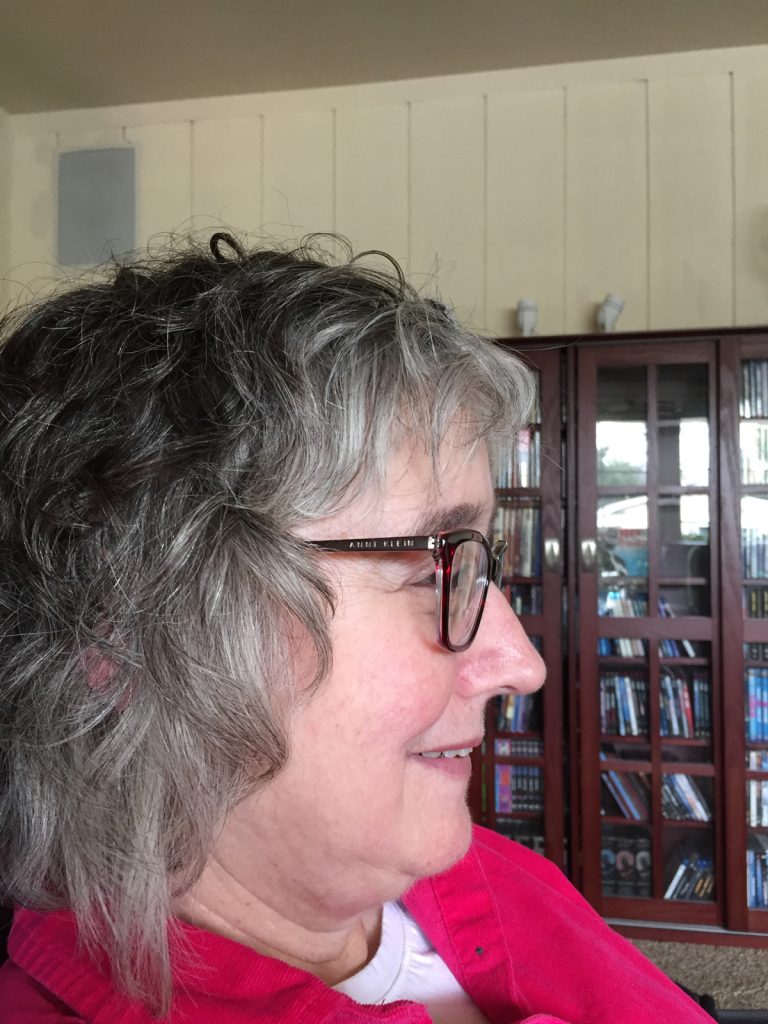
We did spend an hour listening to Greg's system and it was one of the better systems I have ever heard. I know Carol loved it as well based on her expression. Very even and dynamic as all get out. The bass was stunningly good and solid and, well... the system was as musical as anything I have ever heard. No hint of glare or horniness. A true reference system. And it will play LOUD with no hint of strain of whatever...






